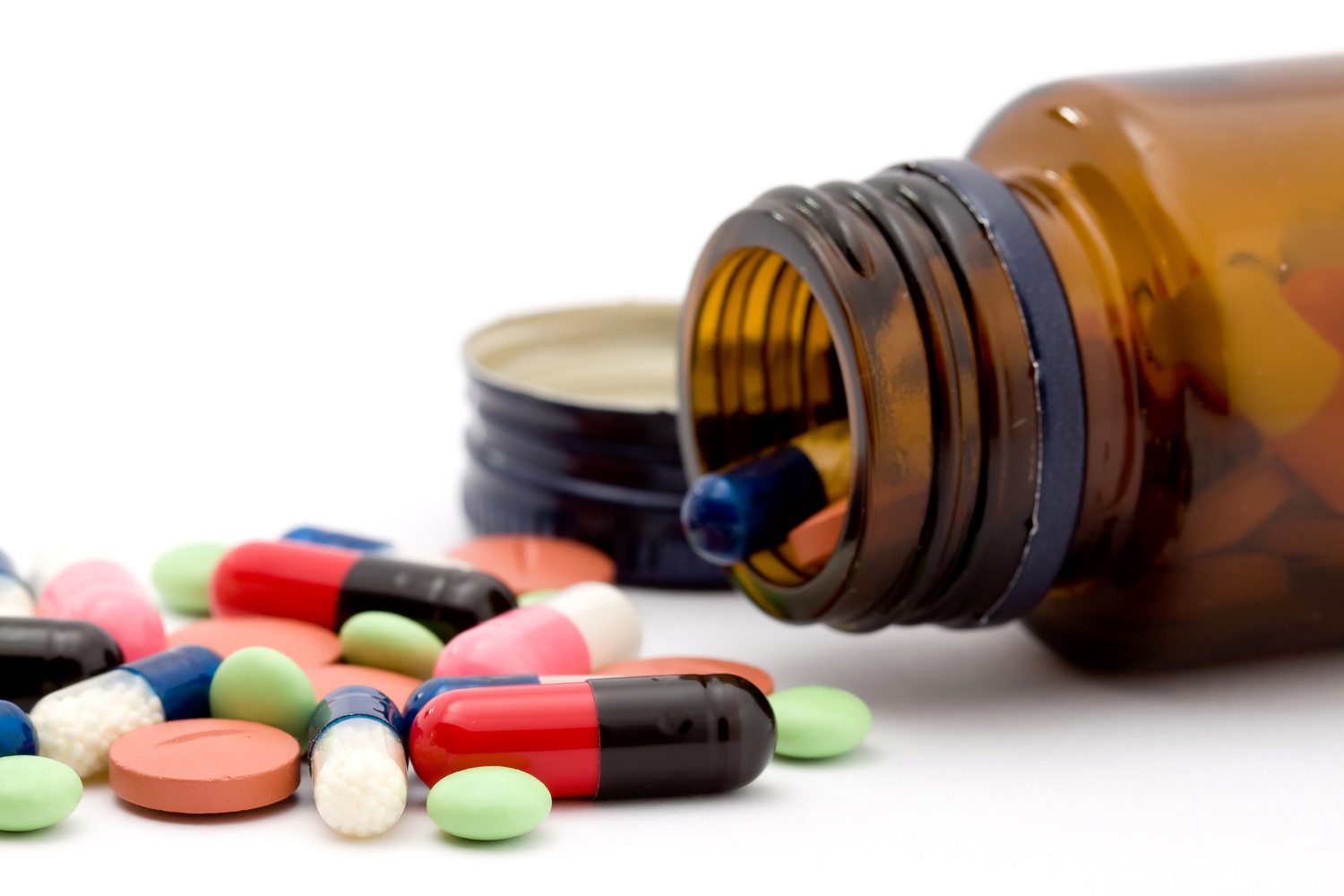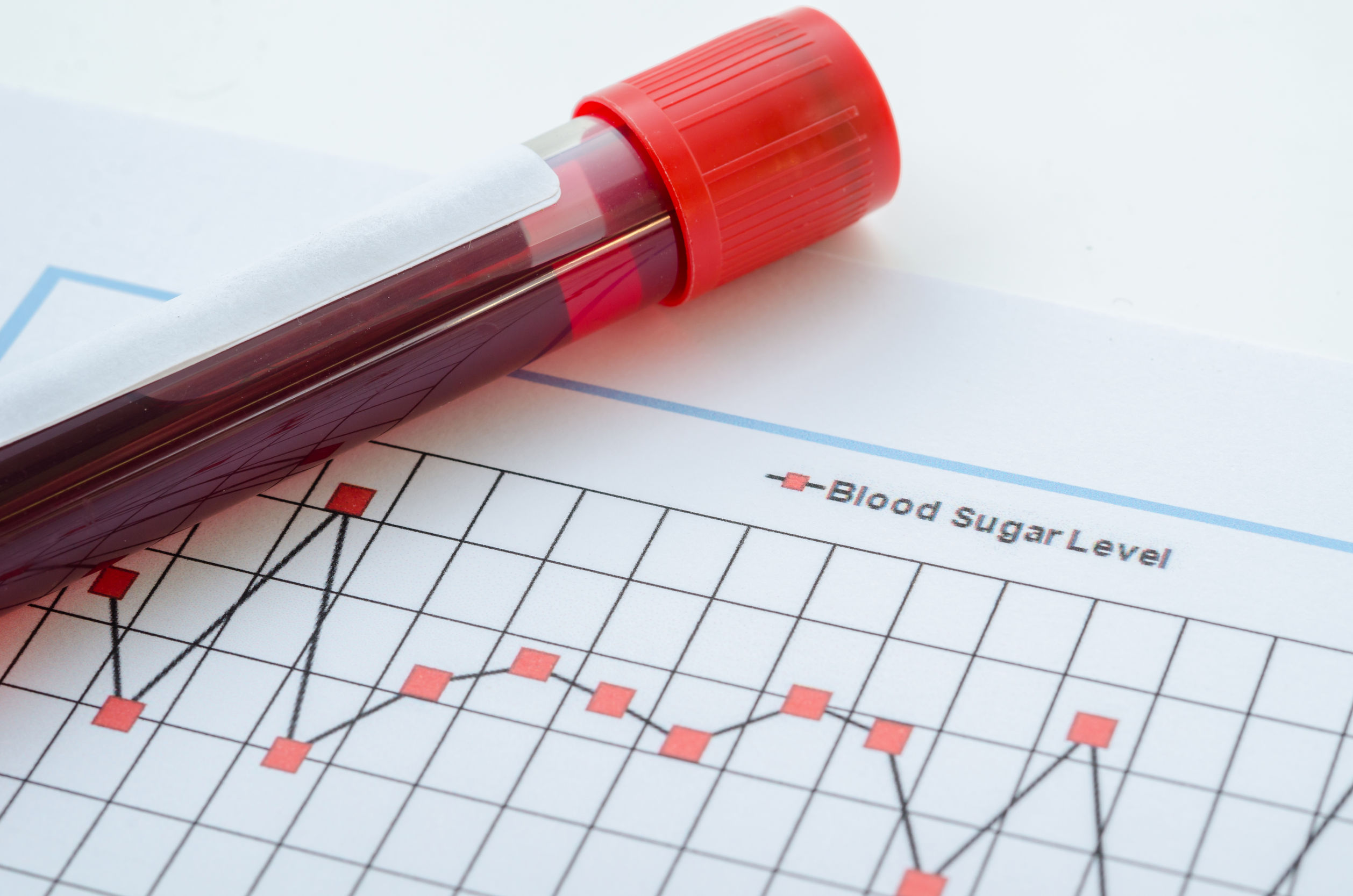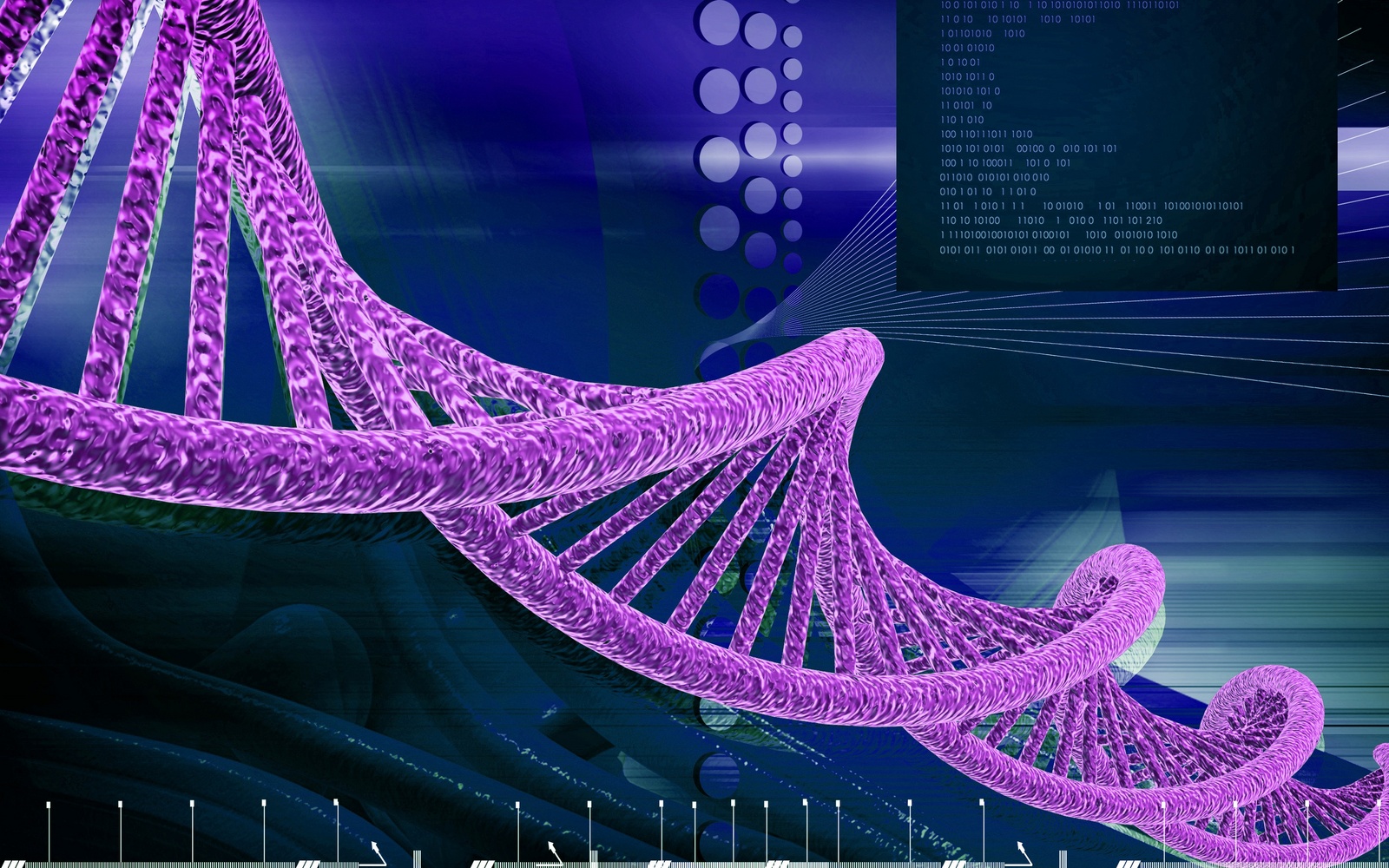Among the regulatory pathways for small molecule drugs in the United States, the 505(b)(2) option occupies a middle ground. Intended for modifications of an existing treatment, it requires much more evidence than a generic but allows the sponsor to use data from a previous application. Companies can thus avoid unnecessarily repeating studies and shorten their development time.
treatment, it requires much more evidence than a generic but allows the sponsor to use data from a previous application. Companies can thus avoid unnecessarily repeating studies and shorten their development time.
At a recent景在上海临床研讨会,与会者学会了about the intricacies of 505(b)(2), the corresponding hybrid medicinal product pathway in the European Union and the differences from applications for biosimilars or generics. Developers in the Asia Pacific region are eager to better understand this topic because the Chinese pharmaceutical industry is developing rapidly with support from the government. “They view 505(b)(2) as a potentially faster way to market,” said Eric Lang, MD, Vice President and Global Head of Clinical Drug Development Leaders, Early Phase Development Solutions. To succeed, however, sponsors will need to consult with experts who can help them develop a regulatory strategy and consider market access issues as well.
Meeting Safety and Effectiveness Standards
505(b)(2)途径用于修改现有批准产品的药物。例子包括:
- A new dosage, formulation or administration route (such as switching from topical to oral delivery)
- Expanding to a new population with a different indication
- A combination product containing active ingredients that have been previously approved
- A change from prescription to over-the-counter indication
- A change to an active ingredient (e.g., a different salt, ester complex or chelate)
The sponsor can rely partly on data that was previously submitted in an earlier application, either by the same sponsor or another company. In the latter case, the new sponsor can reference the data if the patent has expired or the original company has issued a letter of approval. This approach may allow the applicant to perform fewer animal studies or provide data from a single new efficacy trial instead of replicate evidence.
However, the standards for 505(b)(2) approval are the same as they would be for a new drug application under the 505(b)(1) pathway. “You need to show exactly what you need to show for a 505(b)(1), which is safety and effectiveness,” Lang said.
The European equivalent of 505(b)(2) is the hybrid medicinal product pathway. This category is used for cases that do not meet the strict definition of “generic medicinal product” because changes have been made to the active ingredient, indications, strength, formulation or administration route. The standards are fairly similar to those for 505(b)(2), although European authorities do not always require replicate evidence.
A Closing Window for Biologics
505(b)(2)和351(k)之间存在显着差异,即生物纤维单体。在351(k)申请中,赞助商必须证明该药物与参考产品高度相似。郎说,在505(b)(2)份申请中,“你正在改变相当大的东西。”
In the past, some developers were able to use the 505(b)(2) pathway for very simple biologics such as insulin. However, this option for biologics approval will be available only until 2020; after that, the applications must go through 351(k). Lang advises companies to discuss their cases with regulatory authorities to decide the most appropriate course of action.
505(b)(2) also differs from the 505(j) pathway for generic small molecules in the amount of evidence required. In a generic application, the sponsor only needs to show that the products are equivalent or nearly equivalent. A small trial is generally sufficient for approval. The requirements for 505(b)(2) are considerably more stringent, but if the drug is approved, the treatment can be a branded product as long as the sponsor maintains exclusivity.
Constant Innovation
To create a successful 505(b)(2) application, Lang suggests that the sponsor work with a team of experienced drug developers who are familiar with the regulations. In its discussions with the FDA, the company must strike a delicate balance. “You need to make a proposal that is sensible—but not overly aggressive—so it is more likely to be approved,” Lang said.
公司还应记住市场访问问题。清理监管障碍是重要的,但确保产品与市场上的其他产品充分区别。“获得批准并不意味着任何人都想购买该产品,”他说。赞助商需要专注于正确的比较器,以证明新的治疗是独一无二的。
Bill Hanlon, PhD, Vice President and Head of Global Regulatory Affairs, notes that large pharmaceutical companies often use 505(b)(2) to add indications and expand labels. “They’re constantly innovating with their own drugs,” he said. If Asia Pacific developers take advantage of this pathway as well, they can benefit from an abbreviated route to market.
凭借在亚太地区的强劲业务,Covance可以帮助开发商驾驭复杂的法规并增加批准的机会。我们的专家还提供了有关市场准入,临床试验设计,生物标志的测试和全球药物发展的其他关键方面的指导。
Learn more about our drug development services in the Asia Pacific region.












